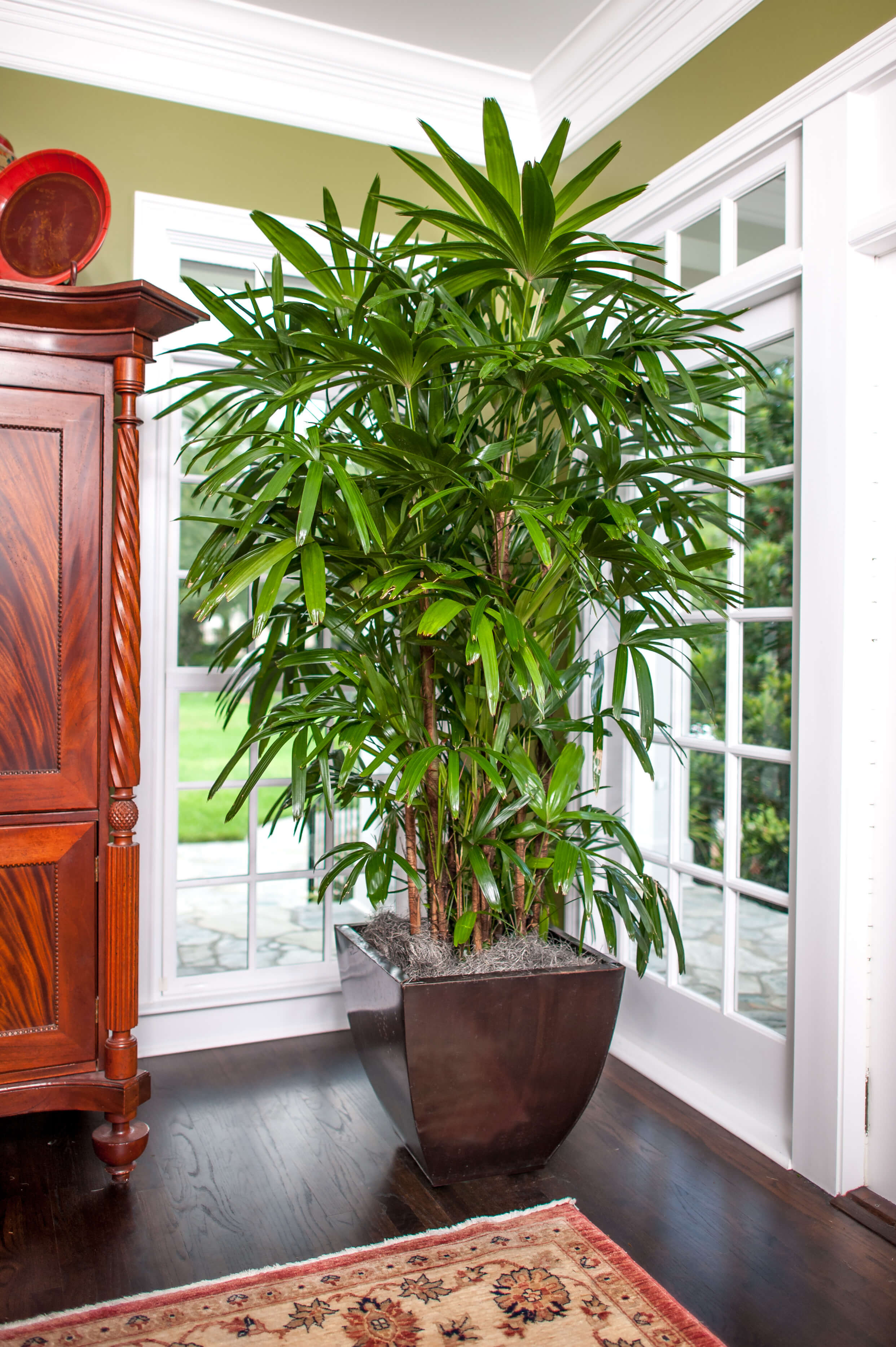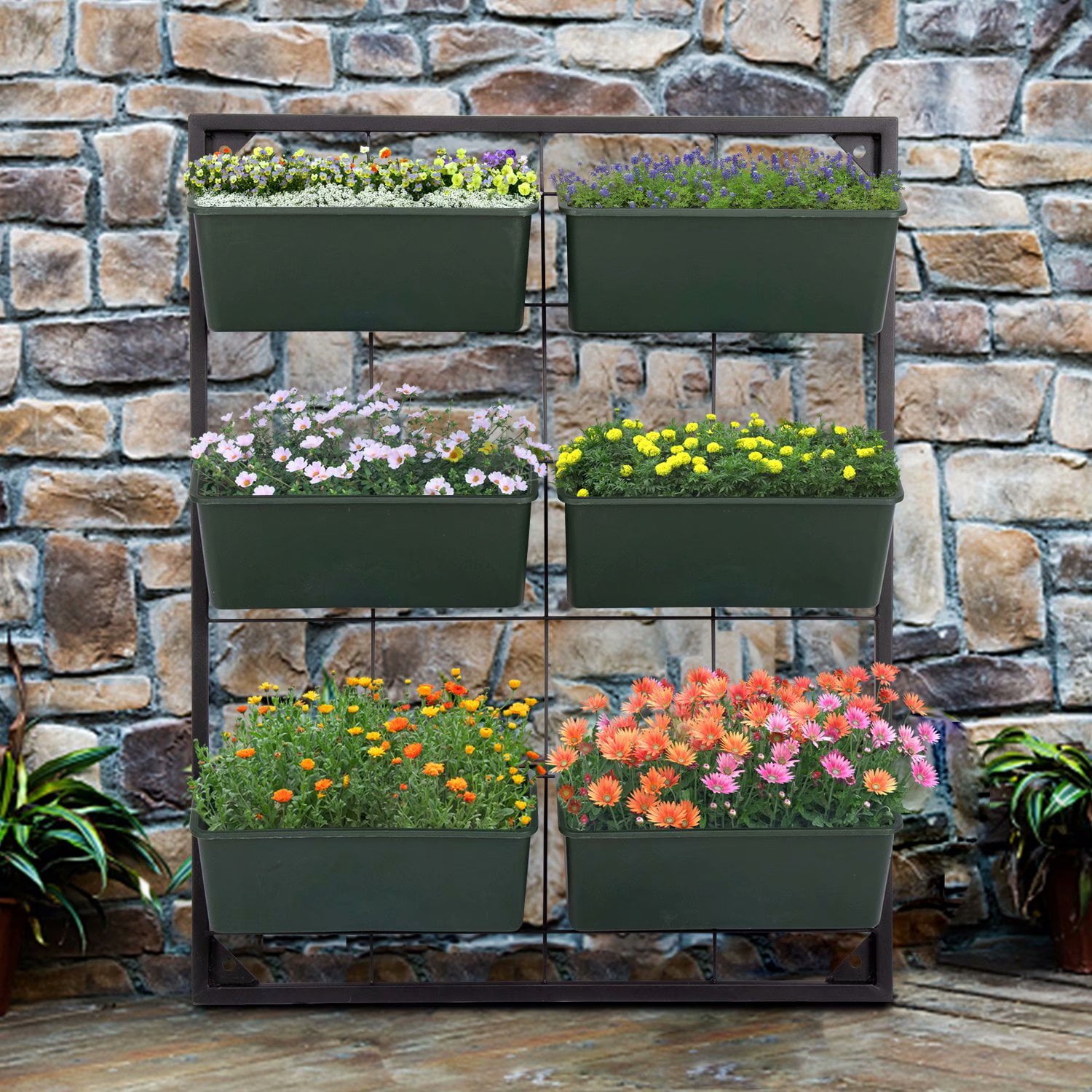How to Create a Vertical Garden in Small Spaces

Are you dreaming of a lush, green oasis but feel constrained by your tiny apartment or compact urban dwelling? Imagine transforming your walls into a thriving ecosystem, a vertical garden that not only beautifies your space but also purifies the air and brings a touch of nature indoors. Creating a vertical garden in small spaces is not just a trend; it's a revolution in compact gardening. Let's dive into the world of wall planters, hanging gardens, and indoor plants to turn your urban jungle dreams into reality.
Understanding Vertical Gardens
Vertical gardens, also known as green walls or living walls, are a fantastic way to maximize space while adding a touch of nature to your home. These gardens can be installed indoors or outdoors, using wall planters, hanging pots, or specially designed systems. The concept is simple: instead of spreading out horizontally, plants grow vertically, utilizing wall space that would otherwise go unused.
Benefits of Vertical Gardens
Air Purification
Indoor plants are natural air purifiers. They absorb carbon dioxide and release oxygen, improving the air quality in your home. According to a study by NASA, certain plants like the Snake Plant and Peace Lily are particularly effective at removing toxins from the air.
Space Optimization
In small spaces, every inch counts. Vertical gardens allow you to grow a variety of plants without sacrificing valuable floor space. It's like having a garden in the sky, right in your living room.
Aesthetic Appeal
A vertical garden can transform a bland wall into a stunning focal point. The lush greenery adds a touch of nature, creating a calming and inviting atmosphere.
Therapeutic Effects
Gardening, even in small doses, has been shown to have therapeutic benefits. Tending to your vertical garden can be a relaxing and rewarding hobby.
How to Create a Vertical Garden in Small Spaces
Step 1: Choose the Right Location
The first step in creating a vertical garden is selecting the perfect spot. Consider factors like sunlight exposure, humidity, and temperature. Most indoor plants thrive in bright, indirect light, so a north-facing wall is often ideal.
Step 2: Select Your Plants
Not all plants are suitable for vertical gardens. Opt for low-maintenance, compact plants that don't require deep soil. Some popular choices include:
- Pothos: A hardy, trailing plant that thrives in low light.
- Philodendron: Known for its heart-shaped leaves, this plant is easy to care for.
- Ferns: These plants love humidity and can add a touch of elegance to your garden.
- Succulents: Perfect for low-maintenance gardens, succulents require minimal water and light.
Step 3: Choose Your Vertical Garden System
There are several types of vertical garden systems to choose from, each with its own advantages:
- Wall Planters: Individual pots or planters that can be mounted on the wall. These are versatile and easy to install.
- Pocket Planters: Fabric pockets that can be hung on the wall. They are lightweight and perfect for small plants.
- Hanging Gardens: Pots or planters suspended from the ceiling. These can create a stunning visual effect.
- Modular Systems: Pre-made systems that come with everything you need to create a vertical garden. These are often more expensive but offer a professional look.
Step 4: Install Your Vertical Garden
Once you've chosen your plants and system, it's time to install your vertical garden. Follow these steps:
- Prepare Your Wall: Ensure the wall is clean and dry. If you're using a modular system, follow the manufacturer's instructions for installation.
- Mount Your Planters: Use appropriate hardware to secure your planters to the wall. Make sure they are level and evenly spaced.
- Plant Your Plants: Fill your planters with potting soil and plant your chosen plants. Water them thoroughly to help them settle in.
Step 5: Maintain Your Vertical Garden
Caring for a vertical garden is similar to caring for any other indoor plants. Here are some tips:
- Water Regularly: Most plants need to be watered once a week. Check the soil to ensure it's moist but not waterlogged.
- Provide Adequate Light: Ensure your plants are getting enough light. If necessary, use grow lights to supplement natural light.
- Prune and Trim: Regularly prune your plants to encourage growth and keep them looking neat.
- Fertilize: Use a balanced, water-soluble fertilizer to provide your plants with the nutrients they need.
Creative Ideas for Vertical Gardens
DIY Wall Planters
If you're feeling crafty, you can create your own wall planters using materials like wood, metal, or even recycled plastic bottles. This not only saves money but also adds a personal touch to your garden.
Living Art
Frame your vertical garden like a piece of art. Use a picture frame to create a living wall art installation that doubles as a conversation starter.
Herb Garden
Create a vertical herb garden in your kitchen. Grow herbs like basil, parsley, and thyme, and enjoy fresh herbs at your fingertips.
Bathroom Oasis
Transform your bathroom into a spa-like oasis with a vertical garden. Plants like ferns and air plants thrive in humid environments.
Conclusion
Creating a vertical garden in small spaces is a rewarding and creative way to bring nature into your home. Whether you opt for wall planters, hanging gardens, or a modular system, the possibilities are endless. With a little planning and care, you can transform a bland wall into a lush, green oasis. So, why wait? Start your vertical gardening journey today and watch your urban jungle come to life.
FAQs
What are the best plants for a vertical garden?
The best plants for a vertical garden are low-maintenance, compact plants that don't require deep soil. Some popular choices include pothos, philodendron, ferns, and succulents.
How often should I water my vertical garden?
Most plants in a vertical garden need to be watered once a week. Check the soil to ensure it's moist but not waterlogged.
Can I create a vertical garden in my bathroom?
Yes, you can create a vertical garden in your bathroom. Plants like ferns and air plants thrive in humid environments, making them perfect for bathrooms.
How do I choose the right location for my vertical garden?
Consider factors like sunlight exposure, humidity, and temperature. Most indoor plants thrive in bright, indirect light, so a north-facing wall is often ideal.
What are the benefits of a vertical garden?
Vertical gardens offer numerous benefits, including air purification, space optimization, aesthetic appeal, and therapeutic effects. They are a fantastic way to maximize space while adding a touch of nature to your home.


0 Response to "How to Create a Vertical Garden in Small Spaces"
Post a Comment